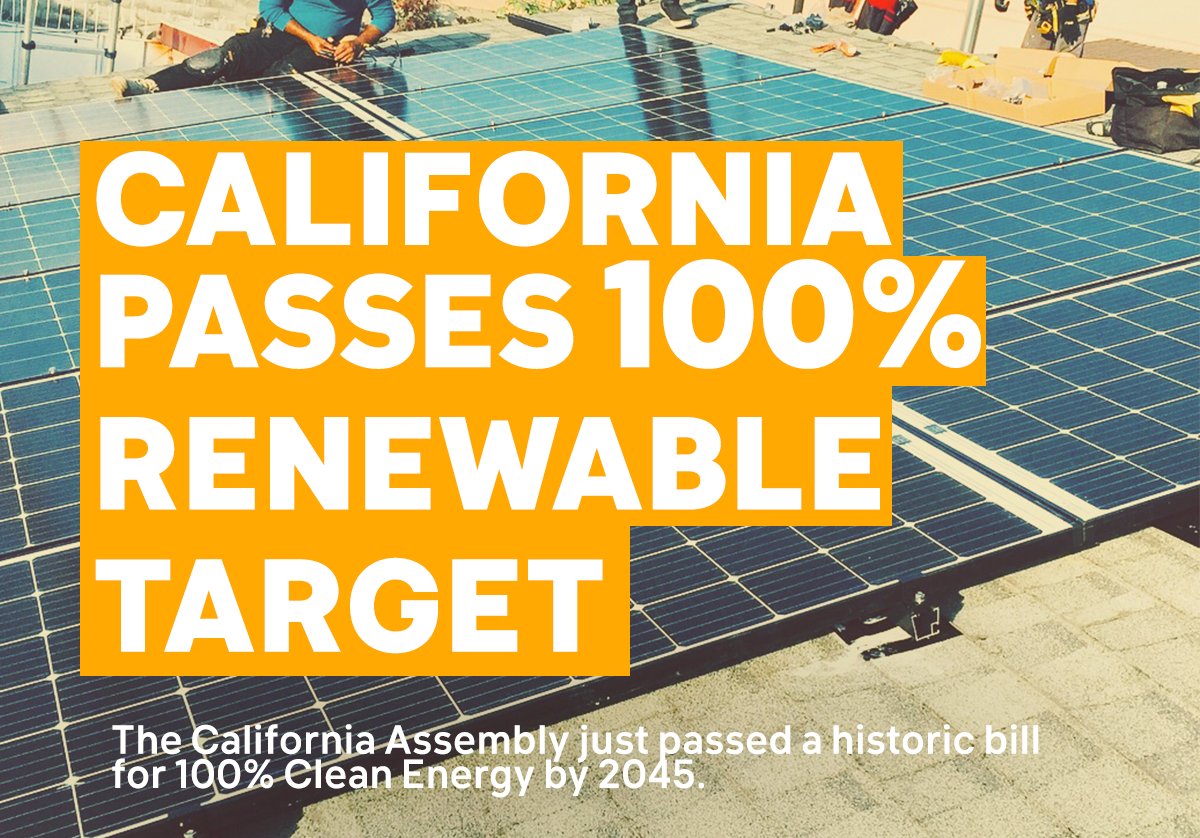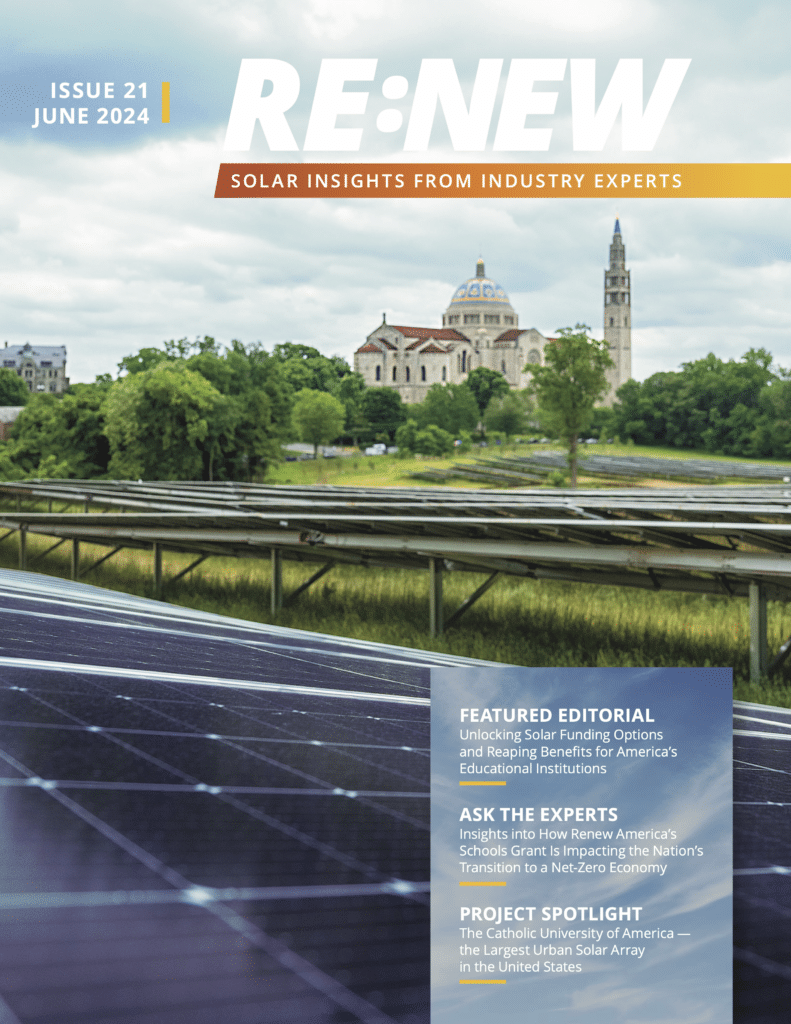California has long been central to the hopes and dreams of the rest of us in the United States. Heck, the 60’s rock band The Mamas and the Papas even wrote an entire song about it.
So when we read about the Golden State passing a law mandating 100% clean electricity generation by 2045, what should we make of it?
Well, the first thing we should say is, “Bravo.” The decision to commit to 100% clean electricity is a bold move that we hope will take hold in other states. That is usually the way this works—California starts the clean energy innovation, and other states follow.
This was not an easy victory. It took hard work and dedication on the parts of every member of the California solar industry to do it. It took rallies on the statehouse steps. It took hours of meetings with individual legislators to do it. And even when it had enough energy behind it to pass, it still took two legislative sessions to get it accomplished.
Commitment like that isn’t as common in the solar industry as it should be. As I’ve written about before, civic engagement shouldn’t be something we do in addition to our jobs, but something that is as integral to our jobs as selecting right modules and racking systems for our customers.
We also must be clear-eyed that passing SB 100 (the bill California Governor Jerry Brown signed into law with the mandate) isn’t the end of this journey but only the beginning. Passing a 100% clean energy bill in and of itself is nice, but without a similar commitment on energy storage, the former has no chance of occurring.
That’s why SB 700—what one observer called the “million solar roofs of energy storage” bill—is so critical to making sure the 100% California clean energy revolution happens. Unless the incentives for home-based solar-energy storage are also passed, which will allow Californians to generate their own electricity for home use, the 100% clean energy dream will remain just that.
Finally, California must continue its aggressive push to electrify the transportation system. That means electric vehicles in more garages and monumental investments in charging infrastructure. If you really want a 100% clean energy revolution (also known as decarbonization), you must focus on the transportation sector to make it happen.
But think about what this could mean if California succeeds. A dream morphs into reality and creates a roadmap for the rest of the country to follow. Once again, California is leading—and the rest of us should be ready to follow.
More Recent Blog Posts
A Mixed Legislative and Regulatory Landscape: Standard Solar’s July Policy Brief
July 15, 2024
Trevor Laughlin · 4 min read
Community Solar, Front And Center: Standard Solar's June Policy Brief
June 18, 2024
Trevor Laughlin · 3 min read
Powering Ahead: Standard Solar's May Policy Brief
May 14, 2024
Trevor Laughlin · 7 min read
Powering Ahead: Standard Solar's Monthly Policy Brief
March 6, 2024
Trevor Laughlin · 4 min read
Most Popular Blog Posts
New California Legislation Takes Community Solar Access to New Heights
Harry Benson · 2 min read
How To Create A Complete Commercial PV Design Package
CJ Colavito · 2 min read
Why Is Financing Commercial Solar So Difficult?
Scott Wiater · 2 min read
The Undeniable Value of Solar Development on Brownfields and Landfills
Harry Benson · 2 min read






Share